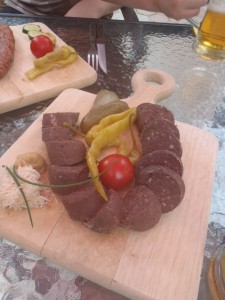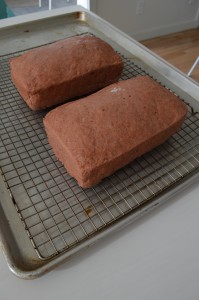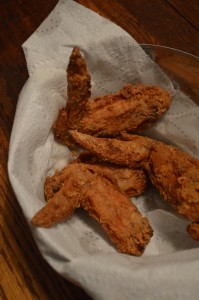 Buying whole animals forces you to eat their various components in rigid proportion.
Buying whole animals forces you to eat their various components in rigid proportion.
For instance, if you go out on a Wednesday and eat two dozen chicken wings, you have eaten the upper appendages of six chickens. If you had to purchase those chickens as whole birds, you would then be stuck with a dozen breasts and a dozen legs that you would need to consume before you ever ate wings again.
All this to say I don’t prepare chicken wings at home very much. But I love them, and sometimes I’ll squirrel away the wings from my chickens, accumulating them over several months, until I have enough to justify preparing them bar-style.
Anatomy of a Chicken Wing. If … Continue reading.

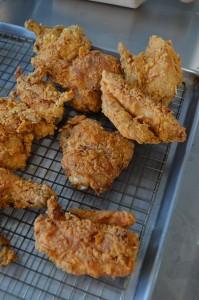
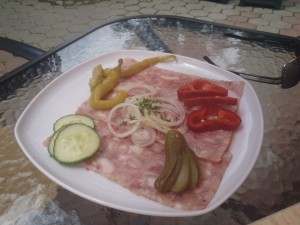
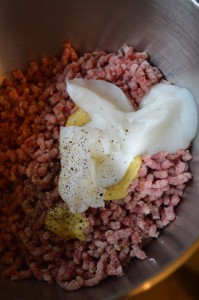
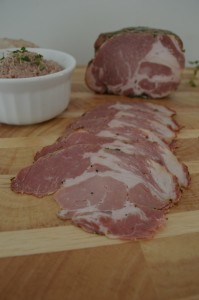 All the food at a Heuriger is served cold, and meat is typically cured. Schweinsbraten at a Heuriger is cured, like ham. What makes this particular ham so special is the cut of meat it is made from: the Schopf.
All the food at a Heuriger is served cold, and meat is typically cured. Schweinsbraten at a Heuriger is cured, like ham. What makes this particular ham so special is the cut of meat it is made from: the Schopf.